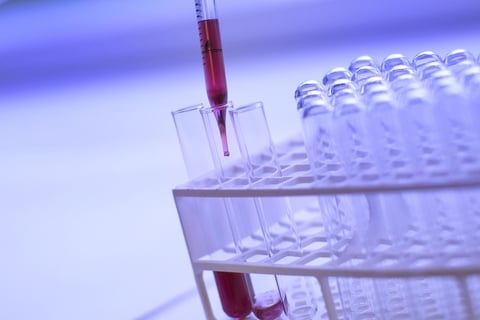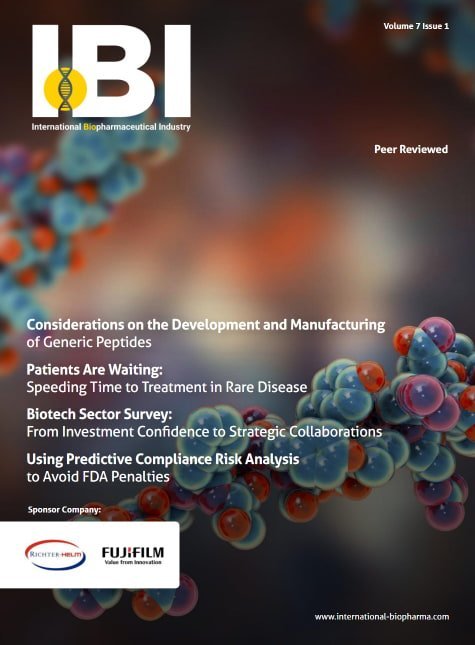
A new method for capturing circulating tumor DNA in the bloodstream underpins a highly precise blood test for tracking the early progression of breast cancer—which its developers say could be up to 100 times more sensitive than current tests.
Researchers at the City of Hope’s Translational Genomics Research Institute, the Mayo Clinic in Arizona and the Cancer Research UK Cambridge Institute hope the liquid biopsy test could potentially assist oncologists in better assigning targeted treatments, as well as help some patients avoid unnecessary surgeries.
The technique—dubbed TARgeted DIgital Sequencing, or TARDIS—starts with a traditional tissue biopsy of excised tumor cells, which are sequenced and analyzed to identify the founding mutations that would be present in every one of the patient’s cancer cells. The test then matches those personalized DNA sequences to the fragments of genetic material released by tumors into the bloodstream.
In a study of 80 blood samples from 33 women with early stage breast cancers, the test was able to identify circulating tumor DNA in every patient before they began treatment. The results were published in the journal Science Translational Medicine.
Following preliminary, neoadjuvant therapy, the test was able to spot decreased concentrations of circulating tumor DNA among the patients who saw complete responses, compared to those with residual disease. Additionally, the test tracked larger decreases among those patients while neoadjuvant therapy was ongoing.
“Until now, blood tests for breast cancer have only been sensitive enough to reliably identify tumor DNA in people with advanced disease,” lead author Muhammed Murtaza, MBBS, Ph.D., co-director of TGen’s Center for Noninvasive Diagnostics, said in a statement.
“We’ve shown that TARDIS is able to detect circulating DNA at extremely low concentrations in the blood, opening up the possibility of monitoring patients with early-stage breast cancer to find out how their disease is responding to treatment,” Murtaza said.
The researchers are now planning a larger validation study of more than 200 patients, with the hope of mapping out the concentrations of circulating DNA that could show if presurgery treatments have been successful and possibly spare the patient the procedure.
“This could be a game-changer,” said Carlos Caldas, director of Cancer Research UK Cambridge Centre’s breast cancer program. “Instead of patients undergoing six to eight cycles of chemotherapy (15-21 weeks of treatment), after one or two cycles (3-6 weeks) we would use the TARDIS test to look for a significant drop in circulating tumour DNA. If a drop was not detected, the treatment could be stopped or changed.”
According to Cancer Research UK, around 30% of patients no longer have any remaining breast cancer cells when they undergo surgery, following earlier treatments to shrink the tumor.
“By developing a test that’s unique to each patient, and looking for mutations present across the entire tumour, we’ve made it much harder for the circulating tumor DNA to hide, significantly increasing the chance of identifying cancer relapses earlier,” Caldas said. The researchers also hope the technique can be applied to other types of cancer that could be tracked before surgery.























